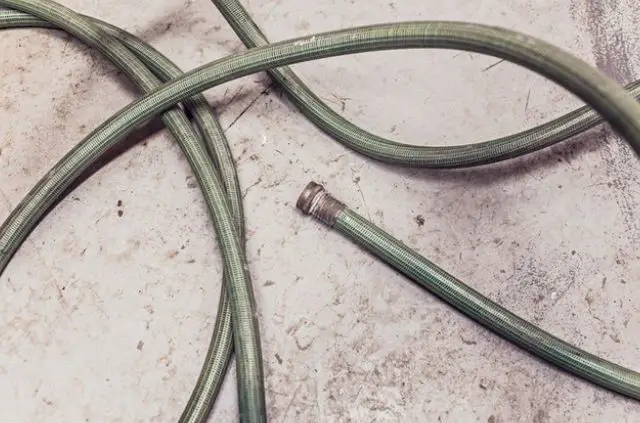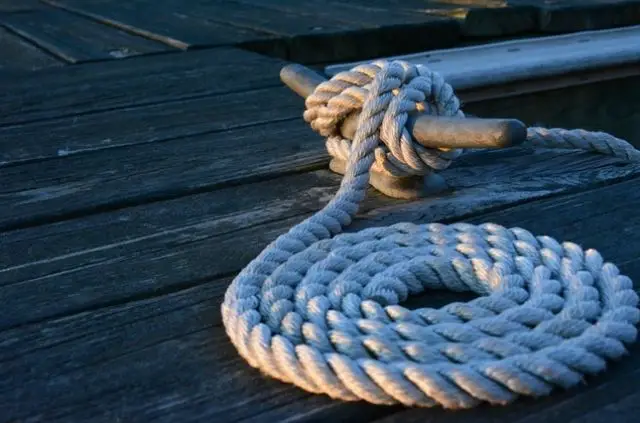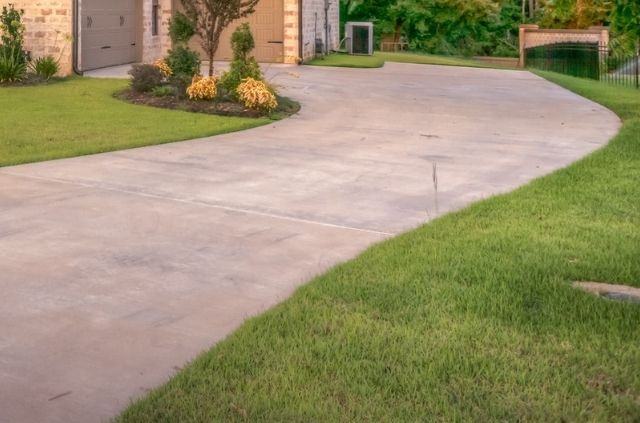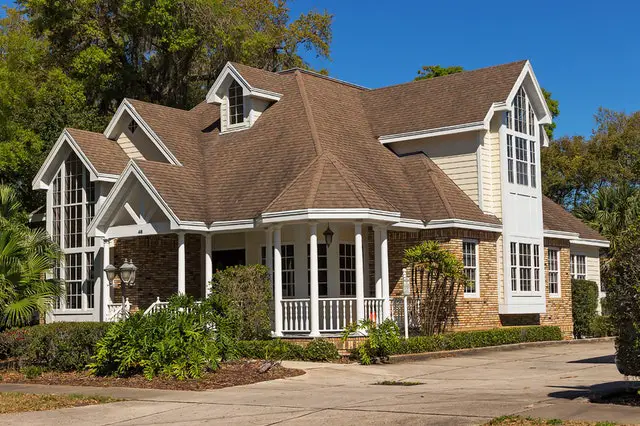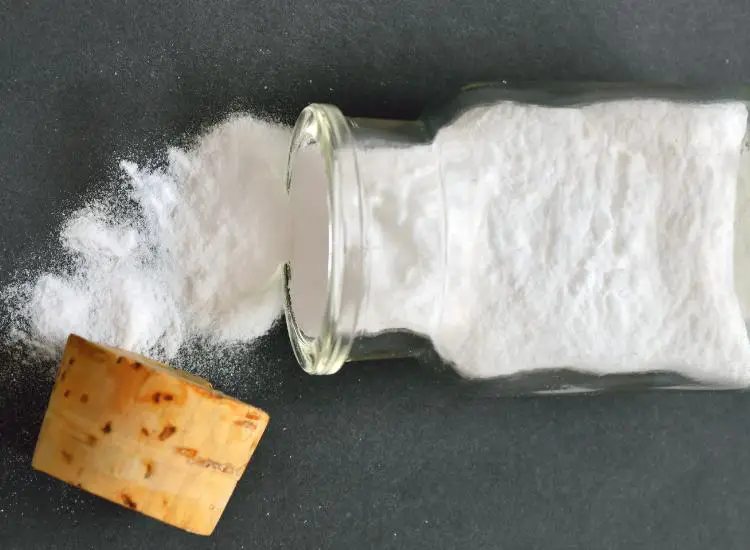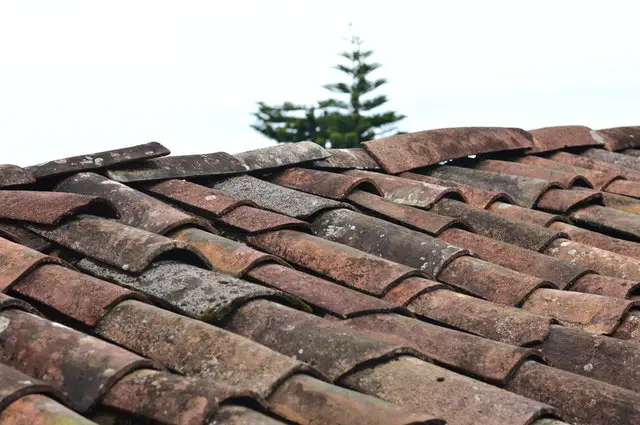What is SH in Pressure Washing?
So, what is SH in pressure washing? SH stands for Sodium Hypochlorite – a powerful chemical that aids in removing tough stains, grime, and even mold or algae.
As you dive into the world of pressure washing, understanding the role of SH can help you achieve better results.
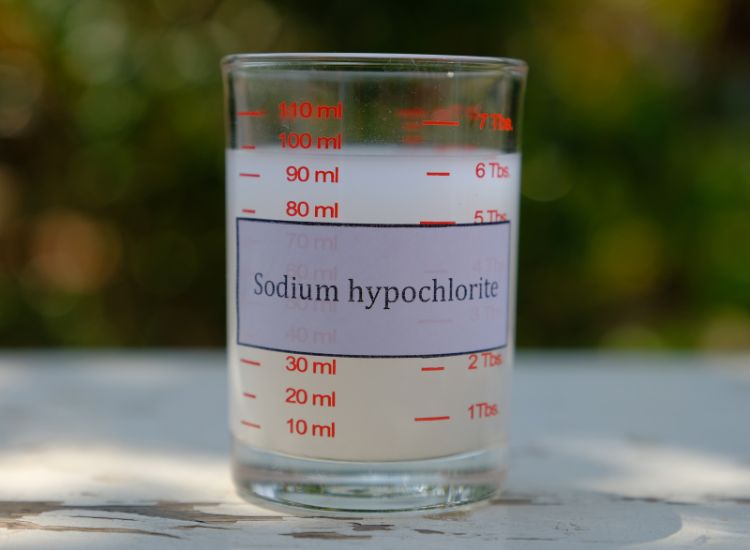
Combining Sodium Hypochlorite with your pressure washer’s water flow eliminates unsightly buildup on the surfaces you clean, leaving them looking fresh and new.
Understanding SH in Pressure Washing
SH, or Sodium Hypochlorite, is a powerful cleaning agent commonly used in pressure washing. It’s effective in removing stubborn dirt, mold, and algae from various surfaces.
When using SH in your pressure washing, it’s important to dilute it properly. Typically, a ratio of 10-12% SH to water is recommended, but always follow the manufacturer’s instructions.
Safety should be your top priority. Wear protective gear such as gloves, goggles, and a mask when handling SH. Additionally, never mix SH with other chemicals, like ammonia.
In pressure washing, apply the SH solution using a low-pressure setting. Allow it to sit on the surface for a few minutes, so it can break down the grime and kill any bacteria. Rinse the area thoroughly with water afterward.
It’s worth noting that SH may not be suitable for all surfaces. It can be harsh on some materials and may cause discoloration. Test in a small, inconspicuous area before applying broadly.
Applications of SH in Pressure Washing
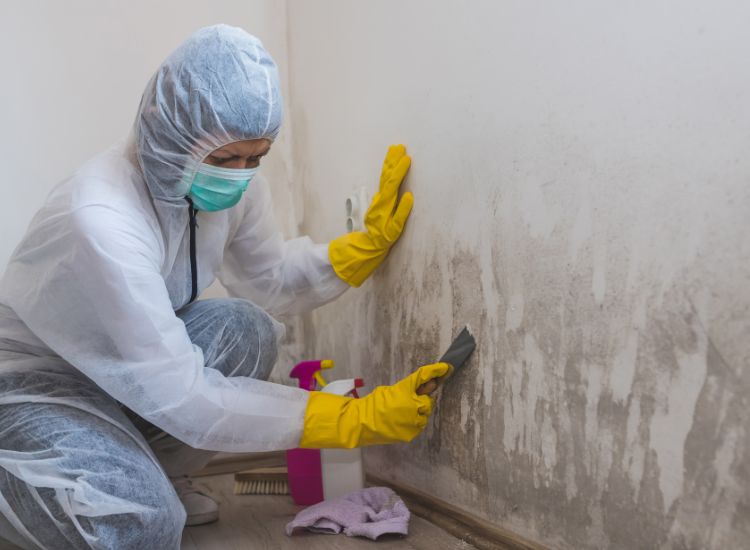
Residential Cleaning
Using SH in pressure washing is a great way to remove mold, mildew, and algae from your home’s exterior surfaces. It’s effective on vinyl siding, wood decks, and concrete driveways. Remember, always use appropriate protective gear when handling chemicals.
Commercial Cleaning
Similarly, SH is widely used in commercial pressure washing for cleaning building exteriors, parking lots, and sidewalks. Its sanitizing properties make it an attractive choice for businesses. Just be cautious of any surrounding plants, as SH can cause harm to vegetation.
Safety Precautions
Pressure washing can be highly effective for cleaning various surfaces, but it’s essential to take proper safety measures. This will help protect not only yourself but your property too.
Wear appropriate protective gear: Make sure to wear safety goggles, gloves, and closed-toe shoes while pressure washing. These items will shield you from accidental injuries or debris.
Keep a safe distance: Always maintain a reasonable distance from the surface you’re cleaning. This reduces the risk of injuries or damage to your property due to high pressure.
- Check the equipment: Inspect hoses, nozzles, and other attachments before each use. Faulty or damaged parts can be hazardous and compromise the effectiveness of your pressure washer.
Remember, the stronger the pressure, the more caution is needed. Use the appropriate nozzle size and spray angle for the task at hand, as this ensures optimal performance and safety.
Selecting the Right SH Concentrate
When choosing an SH concentrate for pressure washing, consider the surface you’ll be cleaning. A lower concentration is ideal for lighter jobs, like cleaning decks or house exteriors.
However, for more stubborn stains like mold or mildew, you might need a stronger solution. It’s also crucial to take safety precautions, like wearing gloves and eye protection.
Before using an SH concentrate, always read the product label for proper dilution ratios. Mixing with water helps avoid damaging surfaces or harming plants and animals nearby.
In addition, be mindful of the environment. Opt for eco-friendly SH concentrates whenever possible. A biodegradable formula is not only kinder to the planet but also makes cleaning up easier.
Alternatives to SH in Pressure Washing
Eco-friendly soaps and detergents are a great alternative to SH for pressure washing. These types of cleaners offer a gentle and environmentally friendly option for removing dirt, grime, and algae from surfaces without harming the environment or causing damage to delicate surfaces.
Pressure washing using hot water can effectively remove dirt and contaminants without the need for harsh chemicals. The high-temperature water breaks down the grime, making it easier for the pressure washer to rinse it away. Just be careful not to use a too high temperature on sensitive surfaces, as it may cause damage.
Vinegar solutions can also be utilized in pressure washing. Mix equal parts of water and white vinegar to create a natural cleaning solution. This mixture is particularly effective on mineral deposits, hard water stains, and mildew that can accumulate on various surfaces.
Finally, steam cleaning is another alternative to using SH in pressure washing. Steam cleaning uses high-pressure steam to break down and lift away dirt and grime. This method is gentle on surfaces and does not require the use of harsh chemicals.
Keep in mind that results may vary when using these alternatives, and some may require more time or effort than using SH. However, opting for eco-friendly cleaning methods can make a positive impact on the environment and create a safer surroundings for you and your loved ones.
Proper Disposal and Storage of SH
Storing and disposing of SH properly is crucial for your safety. When storing SH, make sure to keep it in a cool, dry place, away from direct sunlight or heat sources. This will prevent any accidental chemical reactions.
Don’t forget to use a closed, well-ventilated container, marked with the compound’s name and potential hazards. This way, you’ll avoid confusion and reduce risks related to exposure.
For optimal use, avoid storing SH for extended periods. Its effectiveness declines over time, making it less efficient for pressure washing tasks.
When it comes to disposing of SH, never pour it down the drain or sewer system. Doing so can lead to severe environmental harm and legal consequences.
Instead, check with your local waste management authority for guidelines on proper disposal. They may recommend taking it to a designated disposal facility or collecting it for a hazardous waste pick-up.
Always protect yourself while handling SH. Wear personal protective equipment like gloves, goggles, and long-sleeve clothing to be safe from accidental exposure, spills, or splashes.
Frequently Asked Questions
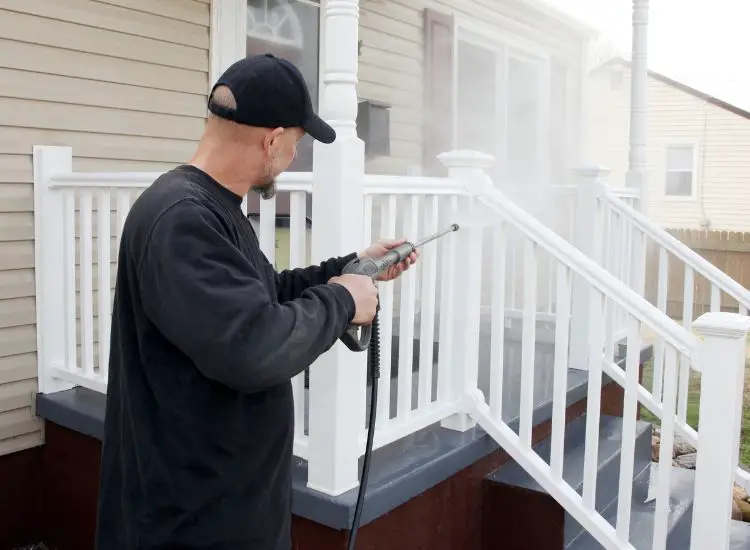
Is bleach and SH the same thing?
No, bleach and SH (sodium hypochlorite) are not identical. While bleach contains sodium hypochlorite as a main component, it also includes additional chemicals. SH, on the other hand, is a purer form of the compound.
What is the role of sodium hypochlorite in pressure washing?
Sodium hypochlorite, or SH, serves as a powerful cleaning agent in pressure washing. It helps break up and remove dirt, grime, algae, and mildew from surfaces. Its disinfecting properties effectively kill bacteria and mold as well.
How do you properly mix chemicals for pressure washing?
To mix chemicals for pressure washing, start by determining the required concentration of SH for your specific cleaning task. Carefully add the proper amount of SH to water, stirring it gently. Finally, add surfactant to improve the solution’s effectiveness and ease the rinsing process.
What is the best surfactant for cleaning concrete?
For cleaning concrete, using a surfactant specifically designed for concrete surfaces is recommended. These surfactants usually contain degreasing agents, enhancing the cleaning capacity of the SH solution and efficiently breaking down stubborn stains.
Is SH safe to use on concrete surfaces?
Yes, SH is safe to use on concrete surfaces when appropriately diluted and applied. Ensure that the concentration is suitable for the specific cleaning task and avoid direct contact with plants or vegetation, as SH can be harmful to them.
Related: Where to Buy Sodium Hypochlorite for Pressure Washing?

